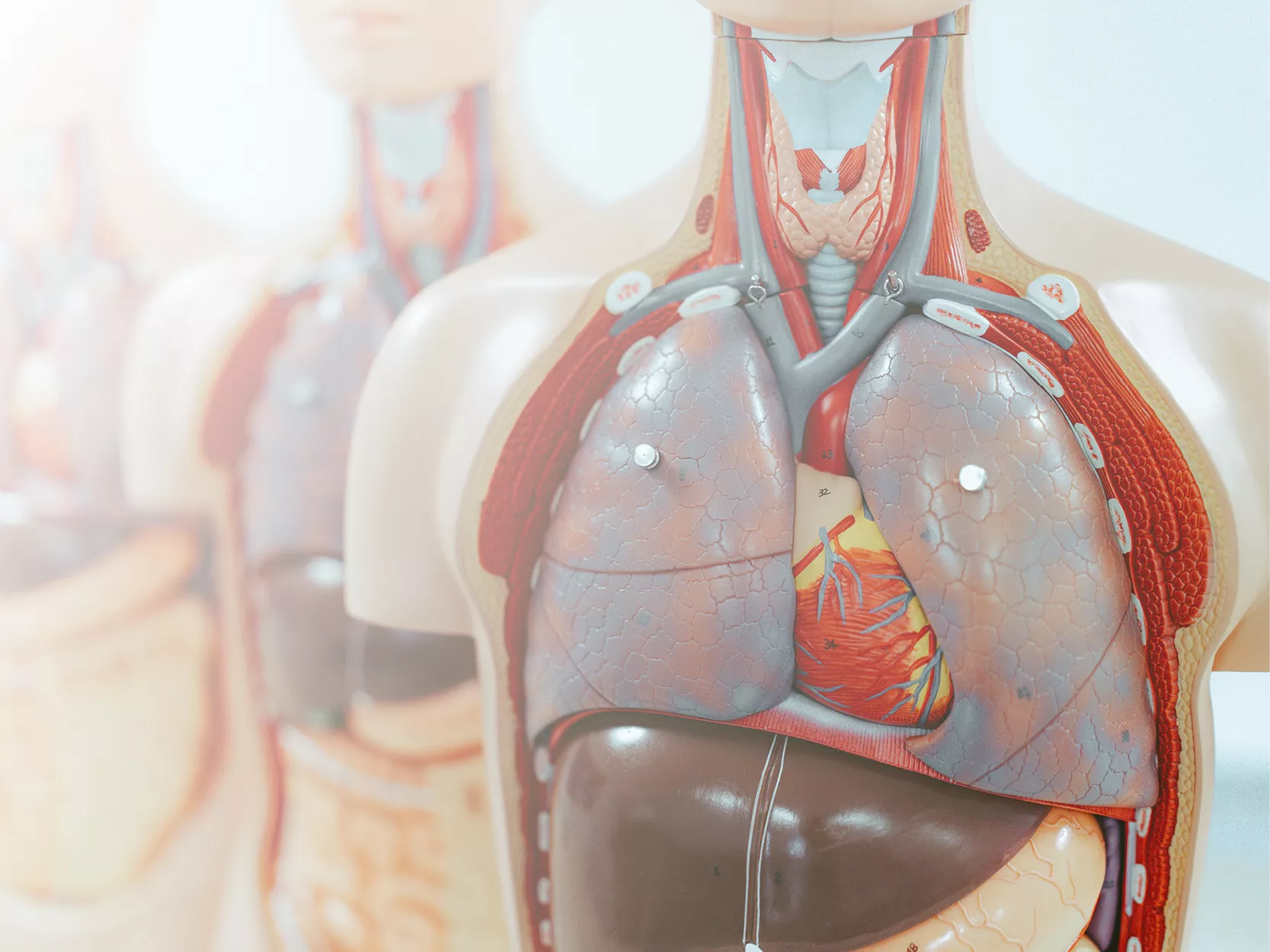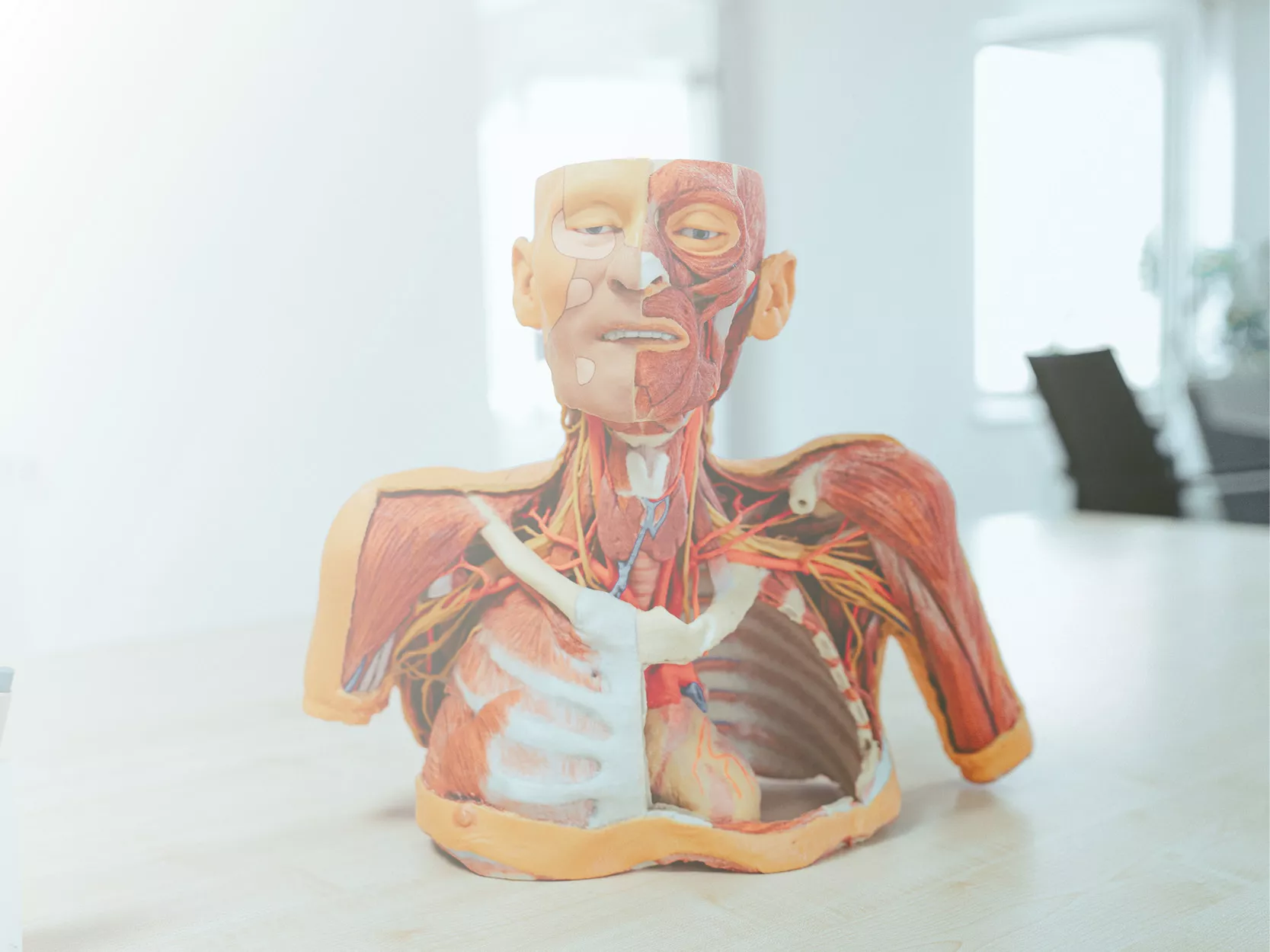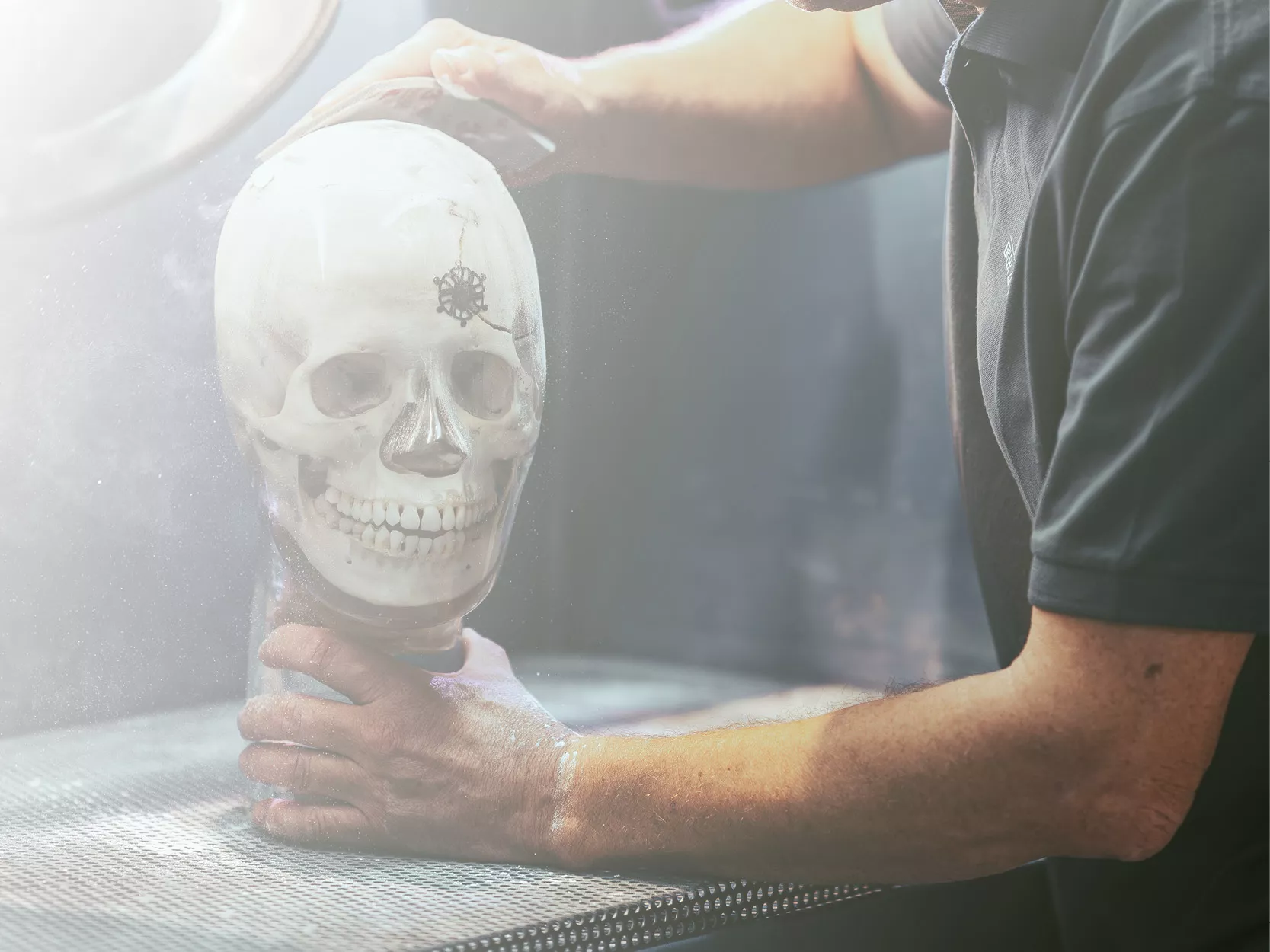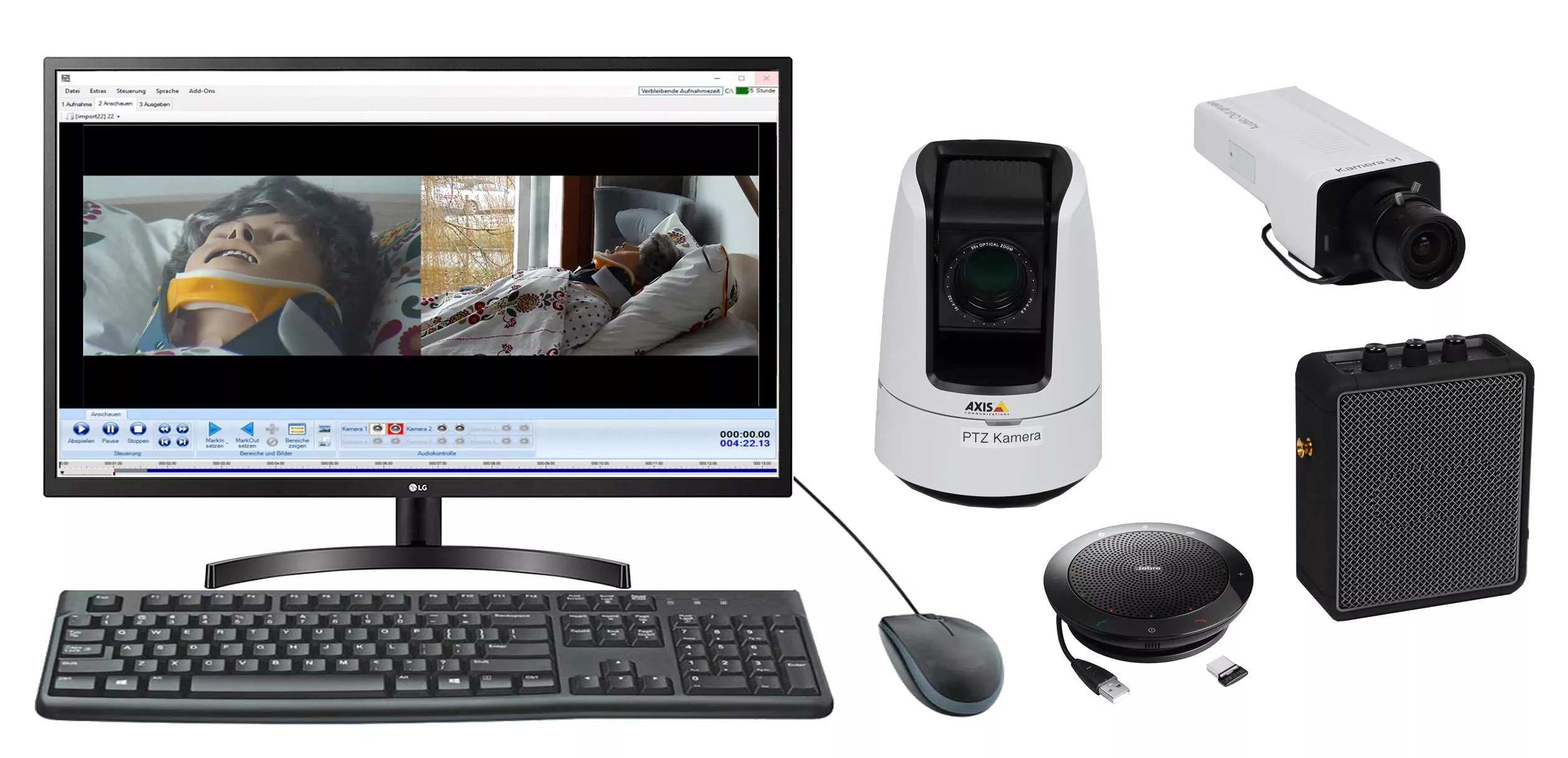
The path to the skills lab - for successful simulation training
March 17, 2025
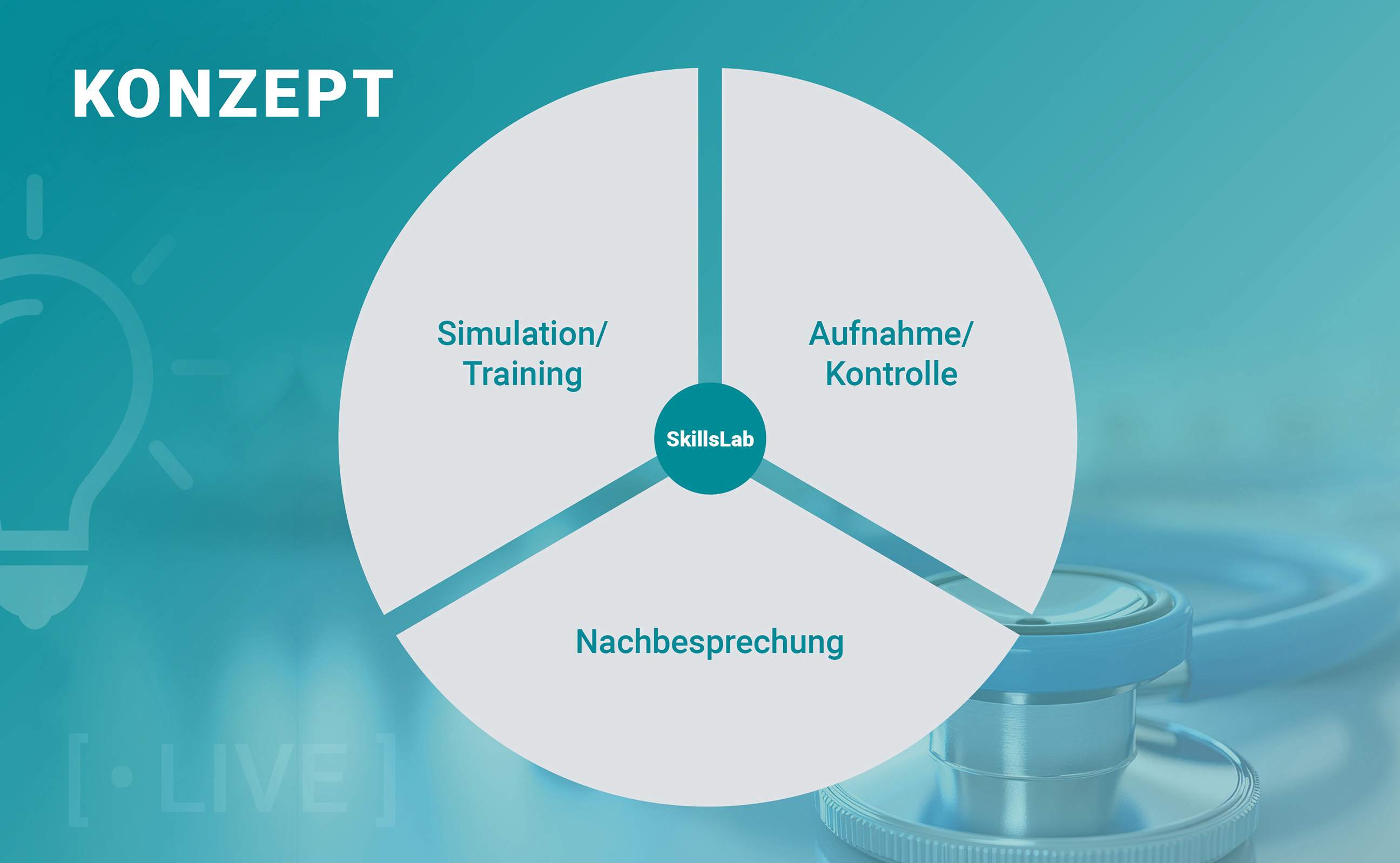
Concept and didactic approach
The factors that bring success! Concept and clear ideas on how to integrate SkillsLab lessons into your existing training concepts so that SkillsLab does not become an investment ruin. Simulation training enables trainees to work in a realistic environment, followed by a debriefing by the teacher. Usually only one or two trainees are active, while the rest of the group observes. The size of the group and the equipment in the rooms influence each other. In group exercises, often only a few are active, the rest learn through observation and debriefing. Simulation training can also take place in individual lessons, which requires less space but incurs high personnel costs. Practical instructors could offer a solution here. Skills training focusses on practising skills in small groups without reproducing a realistic working environment, often through station training in which all learners are active.

Stakeholders & Interest groups
You should contact the following departments/service providers for the facility and its operation and convince and inspire them of your ideas.
- Training and further education department
- Risk management
- Individual (specialist) departments (staff, patient or relative training)
- Schools (nursing, ATA, OTA, physiotherapy and occupational therapy)
- Think about who outside your organisation can make good use of the SkillsLab (possibly for a fee) (suppliers for product training, aid organisations, ...). )
- Building services
- Medical technology
- IT / network technology
- Construction planning
- Administration
- Purchasing
- ...

Your investment
Your investment results from the following points. Running costs are largely made up of personnel and consumables costs. Technology supports the teachers and not the teachers support the technology. You can't teach and learn in the most beautiful rooms if there are no materials. Make medical technology, ward managers and purchasing your friends!

Structural considerations
You will certainly be working with construction specialists on new builds and conversions. However, they may never have designed and planned a teaching facility, let alone a skills lab. Even if the skills lab is intended to replicate a patient or resident care centre, its primary task is teaching and learning (see chapter Rooms p. 9).
In principle, all teaching/learning environments are conceivable in the SkillsLab, in particular
- Nursing room/short-term care
- Intensive care room
- Wet area/bathroom
- Recovery room
- Emergency room
- Long-term care/home environment
- Delivery room
- Paediatrics/neonatology
- ...
Access/doors
... should be dimensioned (door width) so that it is possible to change rooms using standard nursing beds or an operating theatre trolley. It may also be useful to be able to move a care bed into classrooms.
Windows and lighting
... The rooms do not necessarily have to have windows and daylight. Artificial daylight windows can be an inexpensive alternative.

Supports teachers
Simulators and simulated patients
The Erler-Zimmer team will be happy to advise you on the purchase of suitable simulators and skills trainers. You will find good literature on acting patients, simulated or standardised patients (SP), e.g. ‘Simulationspatienten’ from Hogrefe Verlag ISBN: 9783456857565.
SkillsTrainer
Here too, the Erler-Zimmer team will be happy to help you find the right models for you.
Audio/video technology
The audio/video technology used depends on the didactic concept and the number of rooms. With SimEZ, Erler-Zimmer has a scalable audio/video debriefing system on offer and will work with you to plan and set up the right system for you.






